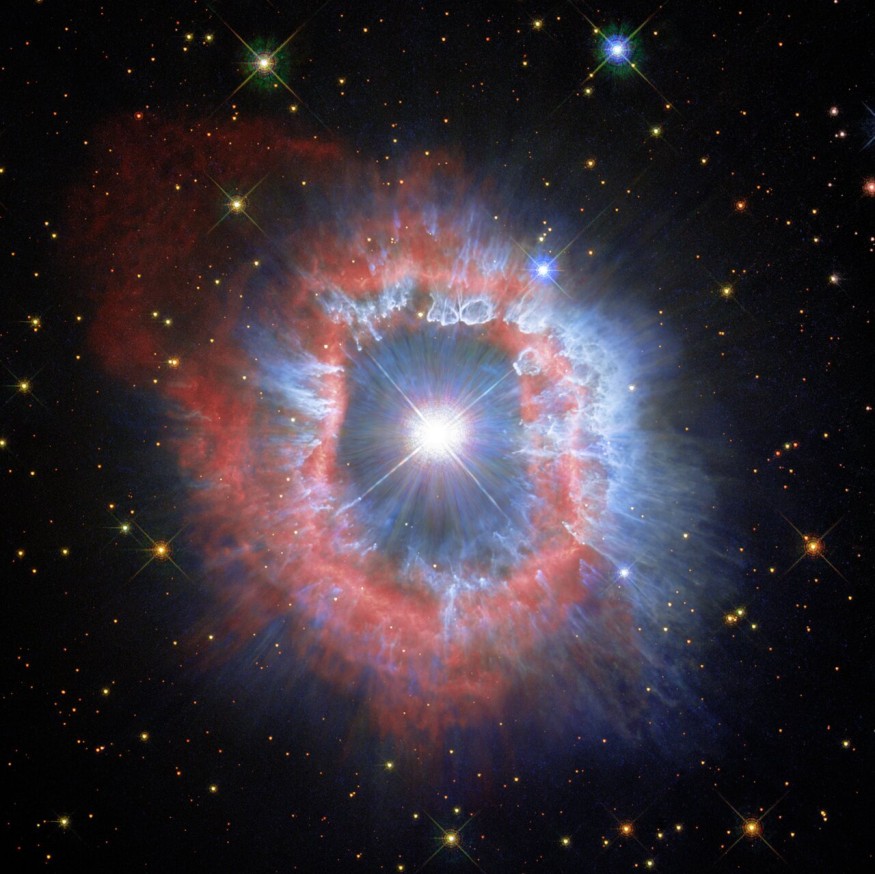Hubble Space Telescope recently published a set of never-before-seen images from space. The new captures are various cosmic bodies made of stellar clusters, spiral galaxies, and nebulae.
Hubble Space Telescope's New Image Collection

Among the images captured were the features from the galaxy called the NGC 5728. This spiral galaxy is charted over 130 million light-years from our planet, but Hubble did not had any problems getting the detailed imaging. The telescope was able to get ahold of the stunning capture with the help of optical and infrared technologies equipped to it, allowing the best view of NGC 5728 to be captured on the Syfert galaxy. Among the most recognizable detail of NGC 5728's image is the intensely bright light on its core, which also powers the entire galaxy through active galactic nuclei or AGNs.
AGNs are known in astronomical studies to have the ability to emit excessive radiation levels. According to ExtremeTech, these intense radiations blind any telescopes directed towards any AGN-powered galaxies and cause the imaging to be disrupted. Hubble's own infrared light allowed harmless imaging, and through this approach, it managed to see the entire galaxy clearly, including the blinding AGN core. The imaging of the whole NGC 5728 and other celestial groups was made possible through Hubble's Wide Field Camera of WFC that is designed to withstand the sensitivity of band extremities compared to other telescopes.
Globular Clusters
Alongside NGC 5728, Hubble was also fortunate to capture the stellar cluster called NGC 346. The group of stars is charted just at the center of the Small Magellanic Cloud and is surrounded by other structures of clouds and dust. NGC 346 includes not just bright stars, but a collection of beautiful explosions and outflows from young stellar bodies clashing with each other across the expanding nebula. The formation of a stellar nursery along with its pinkish glow and background silhouette made the collection of the newborn stars comparable to an artwork.
The Sagittarius constellation also offered its very own globular cluster called NGC 6717 to be captured by Hubble. This cluster is not much far from the sun, and in fact, sits right near the center of our very own Milky Way galaxy. The glows of the stellar bodies inside the NGC 6717 are highlighted due to the dark backdrop of the space. The capture was almost impossible to process due to the stellar group's 'extinction' feature, which is an obscuring effect that is also expressed by other globular clusters.
According to Universe Today, studies are being held to understand more about the origins of globular clusters and their correlation with the formation of young galaxies. To image the details of NGC 6717, Hubble's WFC was supported by additional telescope equipment called the Advanced Camera for Surveys. This was a similar problem with observations on a nearby globular cluster charted in the Ophiuchus constellation known as Palomar 6, which was later called ESO 520-21.
AG Carinae was also included in the batch that Hubble released. The nebula was so abundant in ionized hydrogen and nitrogen that it can be recognized as the reddish flares on the high-definition photo of the telescope. The blue smudges overlapping the red portions are dust trails that are reflected by starlights.
RELATED ARTICLE : NASA Mars Missions Will Be Quiet For 2 Weeks to Protect Spacecraft From Solar Conjunction 2021
Check out more news and information on Space on Science Times.











